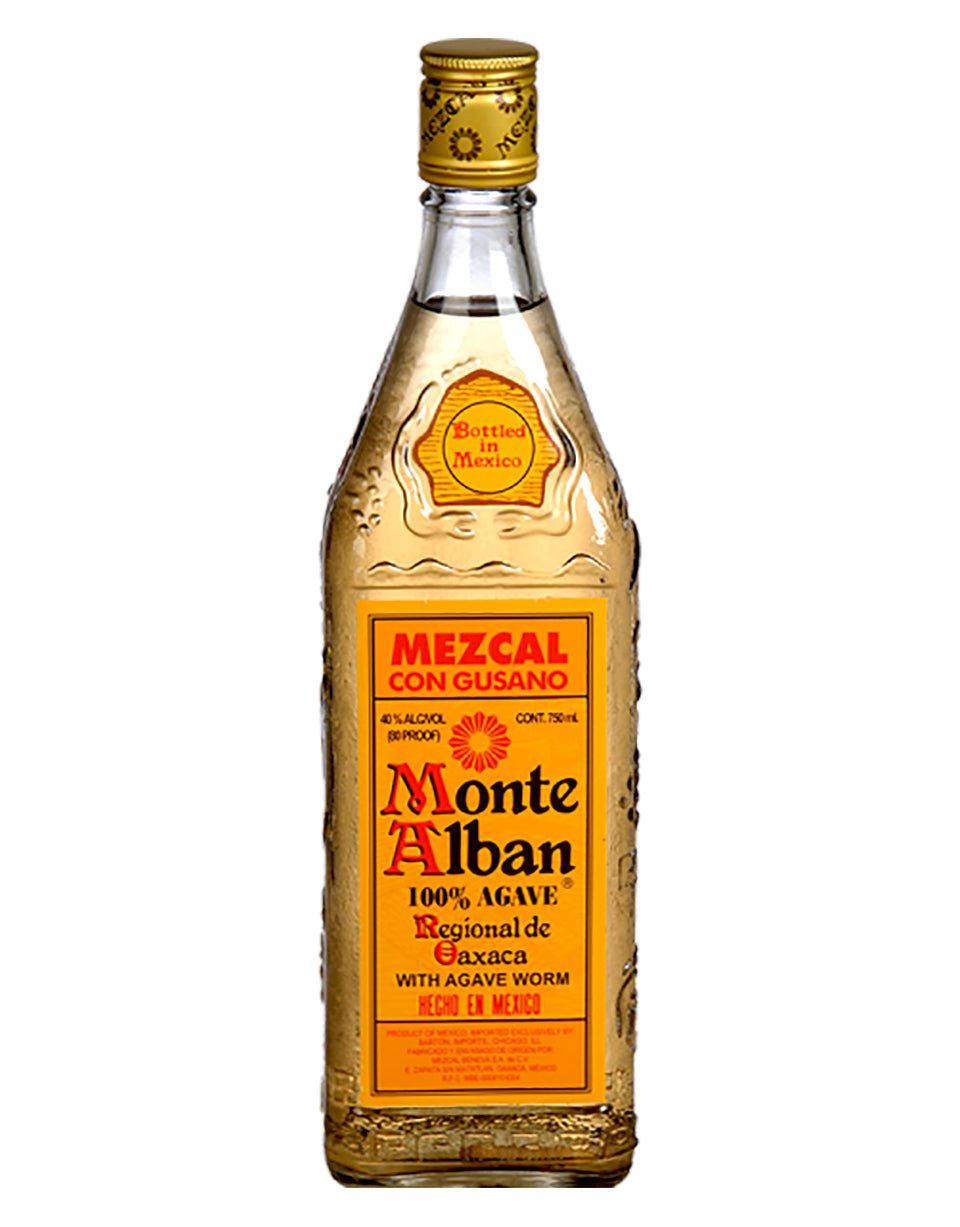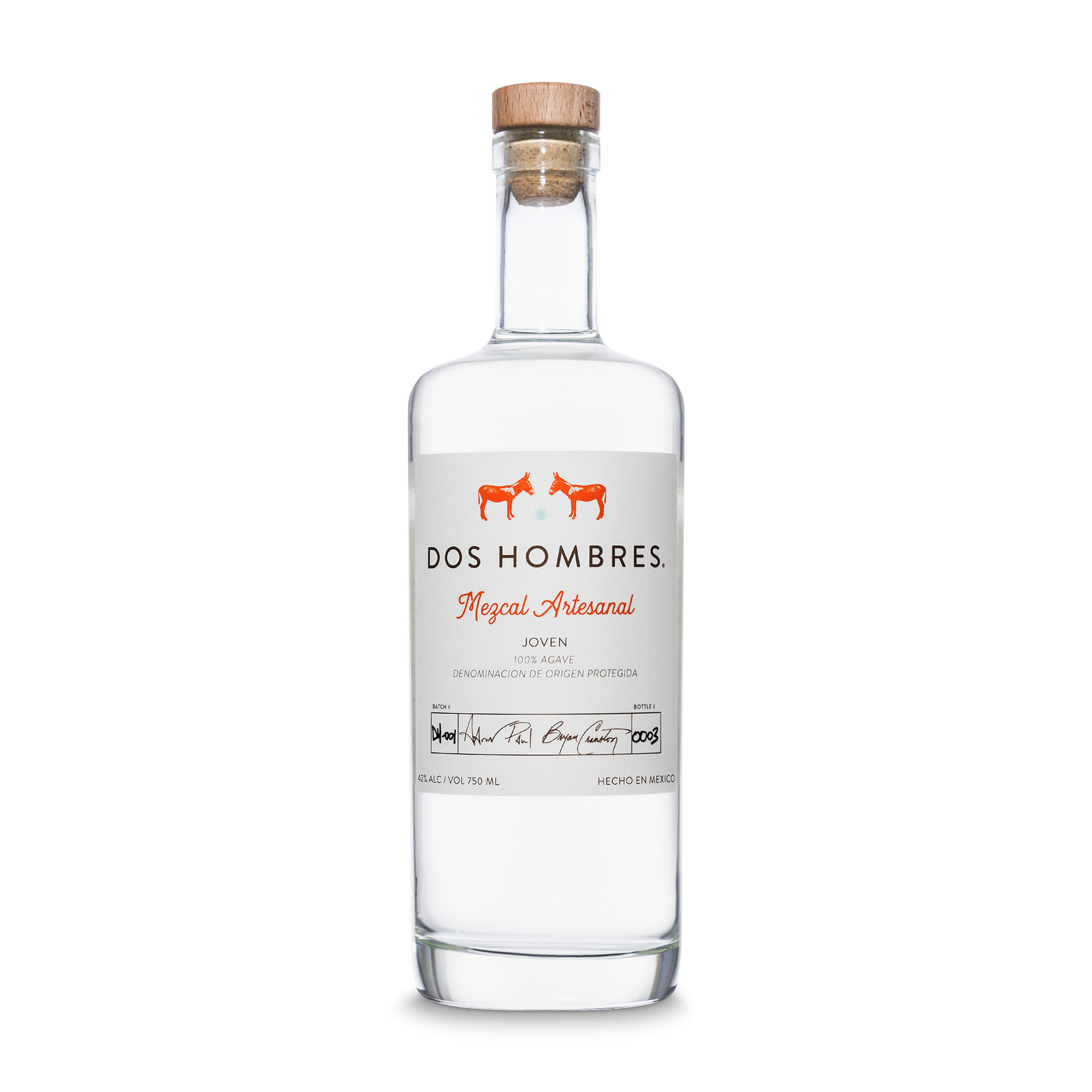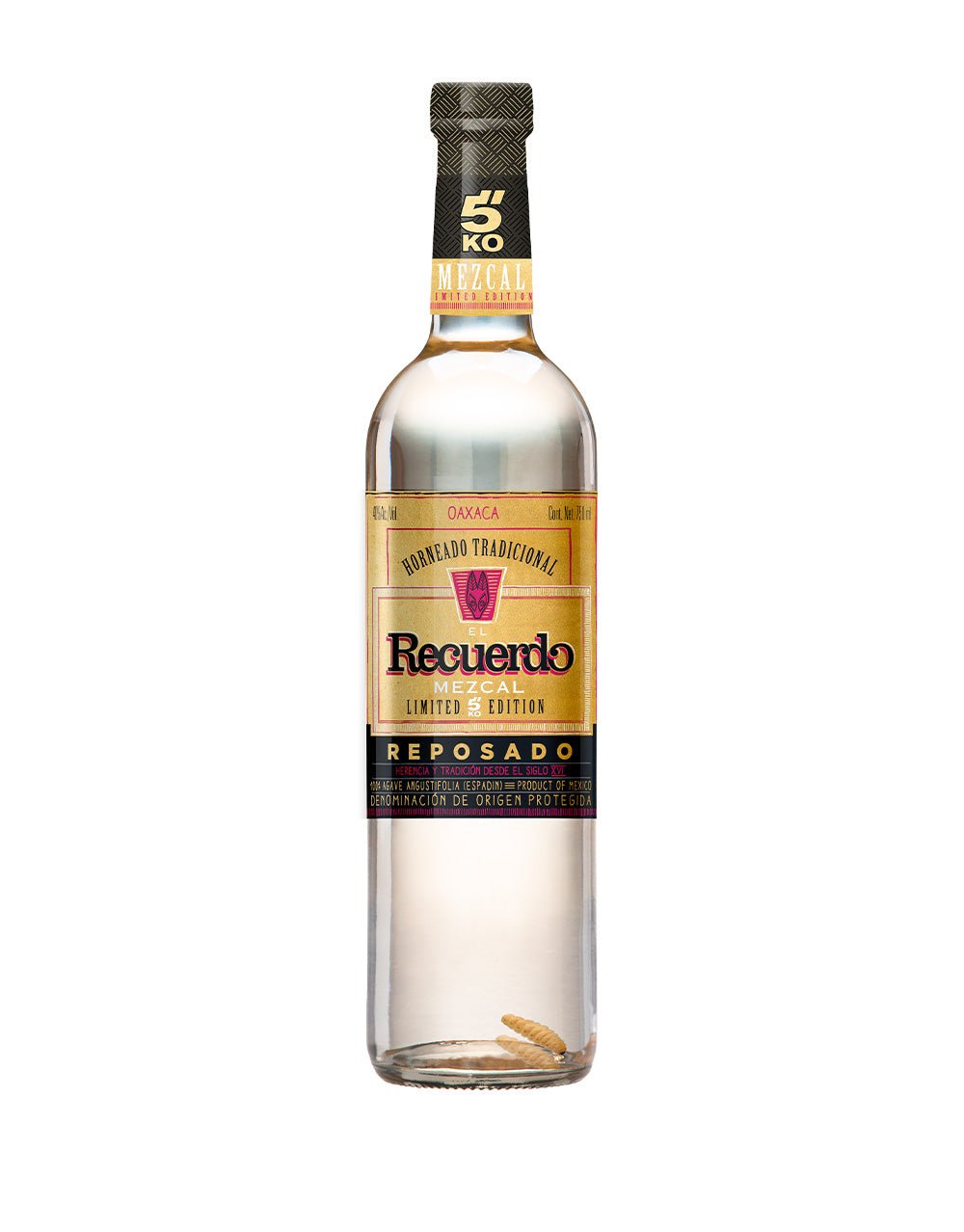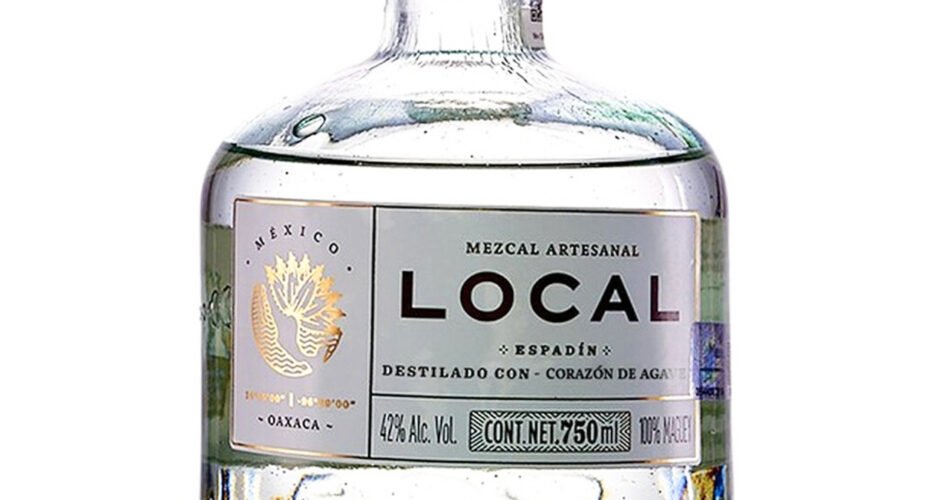What does Mezcal taste like? This question often piques the curiosity of spirit enthusiasts and newcomers alike. As a writer and a spirit aficionado, I find that Mezcal is truly a fascinating drink with a rich tapestry of flavors that can mesmerize even the most refined palates. Allow me to take you through the many faces of Mezcal; its taste, the variations, and its uses in culinary arts.
What Is Mezcal?
Mezcal is a distilled spirit made from the heart of the agave plant, known as the piña, in Mexico. Its history spans over centuries, with its origin deeply rooted in the tradition of Mexican indigenous peoples. Unlike tequila, which is made only from blue agave, Mezcal can be crafted from over 30 different types of agave and exhibits a diverse array of aromas and tastes. Most Mezcal comes from Oaxaca, but it can be produced in any of the nine designated areas in Mexico. The main ingredients are water, agave, and time—a symbol of the natural process that underlies its production.
What Does Mezcal Taste Like? The Answer
Mezcal tastes like a harmonious blend of earthy sweetness with a smoky undertone. I often describe it as having a complex character that balances rusticity with sophistication. The initial sip might greet you with a pronounced smokiness, owing to the traditional pit-roasting of the agave. But as the smokiness recedes, a spectrum of flavors unfolds, ranging from sweet, fruity, and botanical to spicy and peppery notes.
Many people wonder what Mezcal tastes like because they are accustomed to more mainstream spirits like vodka or even its relative, tequila. Mezcal’s distinct profile, which is both varied and expressive, reflects the artisanal processes that give each batch its signature personality. It is this mysterious allure that captivates those seeking a sipping experience beyond the ordinary.

Variations in Taste of Mezcal
The taste of Mezcal varies significantly depending on its region of production. Each locality boasts its own variety of agave, type of soil, and distillation methods, influencing the final flavor profile. For instance, Mezcal from Durango often tastes minerally and herbaceous, whereas the varieties from Guerrero can have a sweeter, fruiter edge. For more information on regional flavor profiles, visit Mezcal Reviews.
The seasonal variations too play a crucial role in shaping Mezcal’s taste. The stage of agave maturation, the time of harvest, and even weather conditions during fermentation can all result in subtle nuances in flavor. These LSI (Latent Semantic Indexing) keywords such as ‘artisanal,’ ‘organic,’ and ‘traditional’ are often used to indicate Mezcals that may have more pronounced seasonal variations.
There are specific varieties of Mezcal that showcase unique taste profiles. Here are just a few:
- Esapdín: Characterized by its balanced flavor profile with a soft smoky touch.
- Tobalá: Known for its sweet and floral notes.
- Tepeztate: Offers an earthy, citrusy, and mildly peppery taste.
Nutritional Benefits of Mezcal & Impact on Taste
Many are surprised to learn about the health benefits of Mezcal. It is traditionally lower in calories compared to many other spirits and contains agavins, a type of sugar that can aid digestion and may even help control blood sugar levels. The distillation process preserves these naturally occurring benefits. To understand more about Mezcal’s health benefits, refer to the analysis presented by Healthline.
These health aspects, while not immediately affecting the flavor, certainly contribute to my perceptions of taste. Knowing that I’m enjoying a spirit that has a long tradition of being crafted naturally, with potentially beneficial properties, enhances my overall sipping experience.

Mezcal in Culinary Uses
Mezcal has also found its place in the culinary world. Its distinctive flavors are being employed in innovative ways to enhance food and cocktails. Popular ways to consume Mezcal include sipping it neat, as part of a mixed drink, or even within gourmet dishes where its smokiness can be used to complement the profile of the food. Utilizing Mezcal in cooking requires an understanding of its LSI keywords such as ‘smoky,’ ‘agave-forward,’ and ‘earthy.’
The flavor of Mezcal compliments ingredients like chocolate, citrus, and even certain meats. For example, in Mexico, one might find Mezcal used in a marinade for carne asada, where its robustness adds depth to the dish. These pairings not only represent the fusion of flavors but also showcase Mezcal’s cultural significance and versatility. The LSI keywords for recipes might include ‘Mezcal-infused,’ ‘grilled,’ and ‘marinade.’
Acquiring and Preparing Mezcal
When looking to buy Mezcal, I always investigate the product’s origin and the types of agave used. This will provide insight into the potential flavors and quality of the Mezcal. One can readily find Mezcal at liquor stores or specialist retailers. Online platforms also provide a broad selection. The key is to look for terms like ‘100% agave’ and ‘small-batch’ as they can be indicative of the spirit’s authenticity and artisanal craftsmanship.
Pairing Mezcal with Other Flavors
The following are some recommendations for food and flavor pairings that highlight Mezcal’s versatility:
- With Citrus: The acidity from limes or orange slices can cut through Mezcal’s smokiness.
- Spicy Dishes: Spicy foods can complement the spirit’s peppery notes.
- Dark Chocolate: The bitterness of dark chocolate is balanced by Mezcal’s sweet undertones.

Recipe: Mezcal Margarita
Here’s an easy recipe to make a refreshing Mezcal Margarita:
- 2 oz Mezcal
- 1 oz fresh lime juice
- 1/2 oz triple sec or Cointreau
- 1/2 oz agave syrup (optional, for sweetness)
- Salt for rimming the glass
- Lime wheel, for garnish
Final Words
In concluding my delve into what Mezcal tastes like, I rest firmly on the side that it’s a delightfully complex spirit. Mezcal tastes like no other liquor—it’s a delectable elixir that holds an intricate profile of smokiness, sweetness, and botanical notes. It’s the kind of spirit that inspires conversation, piques the senses, and leaves you desiring just one more sip to decode its mysteries—which, in my book, is the hallmark of a truly fascinating drink.

